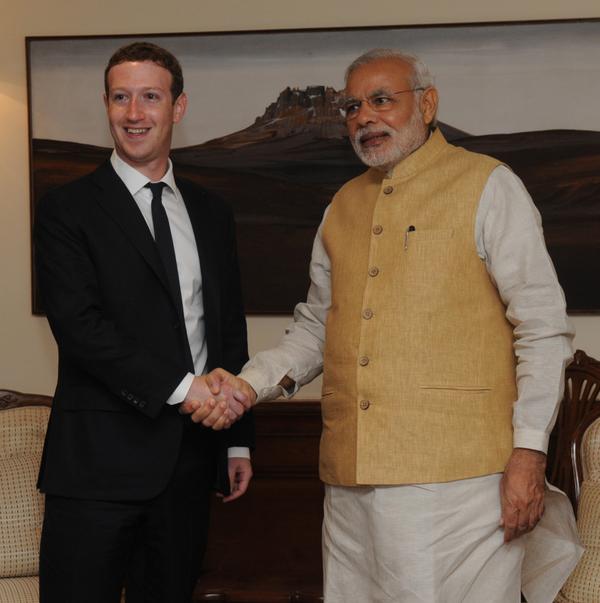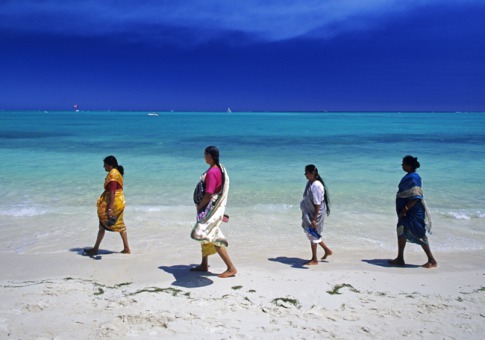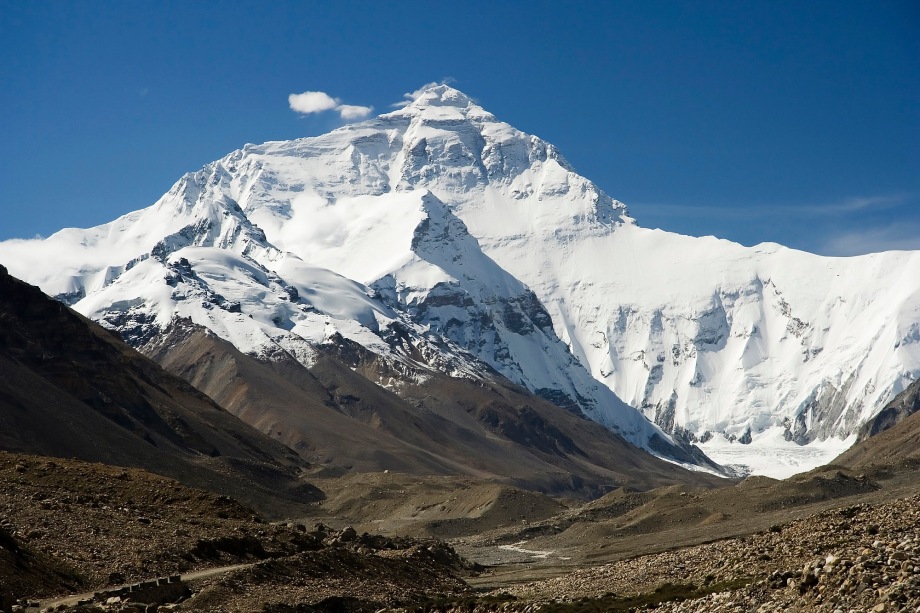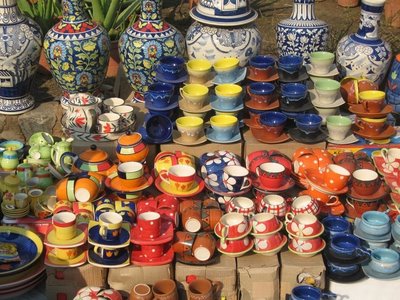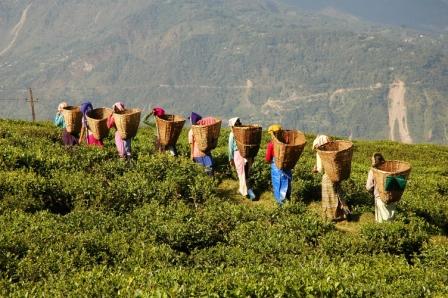“Democracy can be dislodged in a jiffy if the public gets disillusioned with the quality of governance and corruption” – Dr. S Y Quraishi Does the very mention of stepping into a government office to get work done irk you to no end? Do you find it annoying that it takes days for a government file stuck under bundles of other files be searched and searched again to find the required file? Then here is good news for you. Read on:
Prevailing scenario: The current scenario of a typical Government office in India has the following features: 1. Multiple levels of File processing which delays the decision making process. 2. Volume of records- Multiple records bring problems of indexing and searching of relevant records. 3. File Tracking- Herculean task of traversing through several sheets of paper among countless files. 4. Lack of Transparency 5. Duplicity issues 6. Inter-departmental conflict
Thus, there is a dire need to redesign the archaic processes to align them with contemporary practices and technology and prepare a robust infrastructure to smoothen the process of automation. Providing desktops, networks, servers etc shall form the ‘hygienic’ part of the digital adoption by the Government departments.
Thus, Digital adoption shall provide the much-needed impetus for transparent governance with adequate mobility in the system while reducing administrative burdens. There are a few important aspects of Digital Adoption process:
• Flexible and User friendly design
• Legally compliant following all the rules and regulations
• Ease of creation and tracking of files
• Ease of uploading documents online
In an article written by Mr. Prakash Kumar for Hindustan Times, ex IAS officer, now National Technology Officer at Microsoft, stressed that if the details of a user are available in one department, then the same user details should be made available in other departments in a seamless manner.
Thus, the process would provide convenience to the citizens, reduce the process turnaround time and reduce the administrative burden.
Digital India Programme Digital India Programme envisaged by the Department of Electronics and Information Technology (Deity) and approved by the current cabinet on 20th August 2014 is the first step in the direction. The programme aims at providing digital infrastructure as a utility to every citizen as well as high-speed Internet as a core utility in all gram panchayats. It is heartening to note that in the same vein, the current government has taken concrete steps to promote digital adoption across India. About a month back, the cabinet approved Rs. 1 lakh crore for the project that aims to provide thrust to nine pillars identified as growth areas:
1. Broadband highways
2. Mobile connectivity
3. Public Internet Access Programme
4. e-Governance
5. e-Kranti (which aims to give electronic delivery of services)
6. Information for all
7. Electronics manufacturing
8. IT for Jobs
9. Early harvest programmes.
The programme aims to seamlessly integrate departments to provide easy and a single window access to all persons. It also aims at making available government services in real time from online and mobile platforms.
Role of Google:
Search engine giant, Google has decided to participate in the Digital India programme to accelerate the process by improving internet access. Google has a two-pronged approach for the same: Google plans to empower the Indian women by making sure that hundreds of millions of Indian women get online and by being online they get empowered, are able improve their livelihoods.
Initiative to build the non-English internet user base. “Only 150 million Indians are proficient in English. Almost 1.1 billion people are not proficient in English. We are very focussed on improving access, so we launched speech in Hindi,” Rajan Anandan, MD- Google India, said. “We have launched nine open source fonts in Hindi. We will do many things around Hindi as well as other major Indian languages to build the non-English internet so that internet becomes very helpful,”.
Role of Facebook:
Facebook CEO Mark Zuckerberg who was recently in the capital applauded the Digital India campaign and thought that it could spread the innovation of Indian people and thus pledged his support to the bridge the digital divide. In fact he apprised the Prime Minister about http://www.internet.org which is a global partnership between technology leaders, non profits, local communities and experts to bring internet to the two thirds of the world’s population that doesn’t have internet.
Additionally, he was so impressed with the Clean India campaign that he promised help to make an app dedicated to the Clean India campaign. Mark Zuckerberg also readily agreed to partner the National Optical Fibre Network that is designed to connect 250,000 village panchayats through high-speed broadband by 2017 in a phase wise manner. He considered Drones and satellite communications an important part of the project.
If I can correctly recollect, back in 1970’s, my contemporary in IIT, Sugata Mitra, initiated ‘Hole in the Wall’ concept by installing computers in the wall to raise awareness about the computers amongst poor children in Delhi.
Role of Digital in the Indian Election 2014
The General Election earlier this year was the biggest the world has ever seen.
As many as 554 million of the 834 million eligible voters exercised their franchise at 930,000 polling booths, nearly 118 million more than were registered to vote in 2009.
The voter turnout was 66.4 per cent, the highest in democratic India, though it needs to increase further. There were 149 million first-time voters between 18 and 23 years of age and they were the primary target of the social media campaign. The Internet and Mobile Association of India estimates that a well-executed social media campaign can swing 3-4 per cent votes, which can be decisive in a multi-cornered contest. Thus, as we can see that digital adoption is slowly finding its way into the government departments. Let us hope the transition takes place sooner than later.
Source:
http://www.pwc.in/en_IN/in/assets/pdfs/publications/2013/smart-governance-and-technology.pdf http://indianexpress.com/article/india/india-others/cabinet-clears-digital-india-programme/ http://articles.economictimes.indiatimes.com/2014-09-23/news/54239480_1_digital-india-google-india-rajan-anandan http://www.ibtimes.com/mark-zuckerberg-meets-narendra-modi-facebook-ceo-assures-contribution-digital-india-1703358 http://indiatoday.intoday.in/story/s-y-quraishi-democracy-india-elections-process-media/1/394984.html



